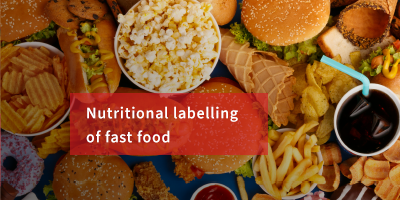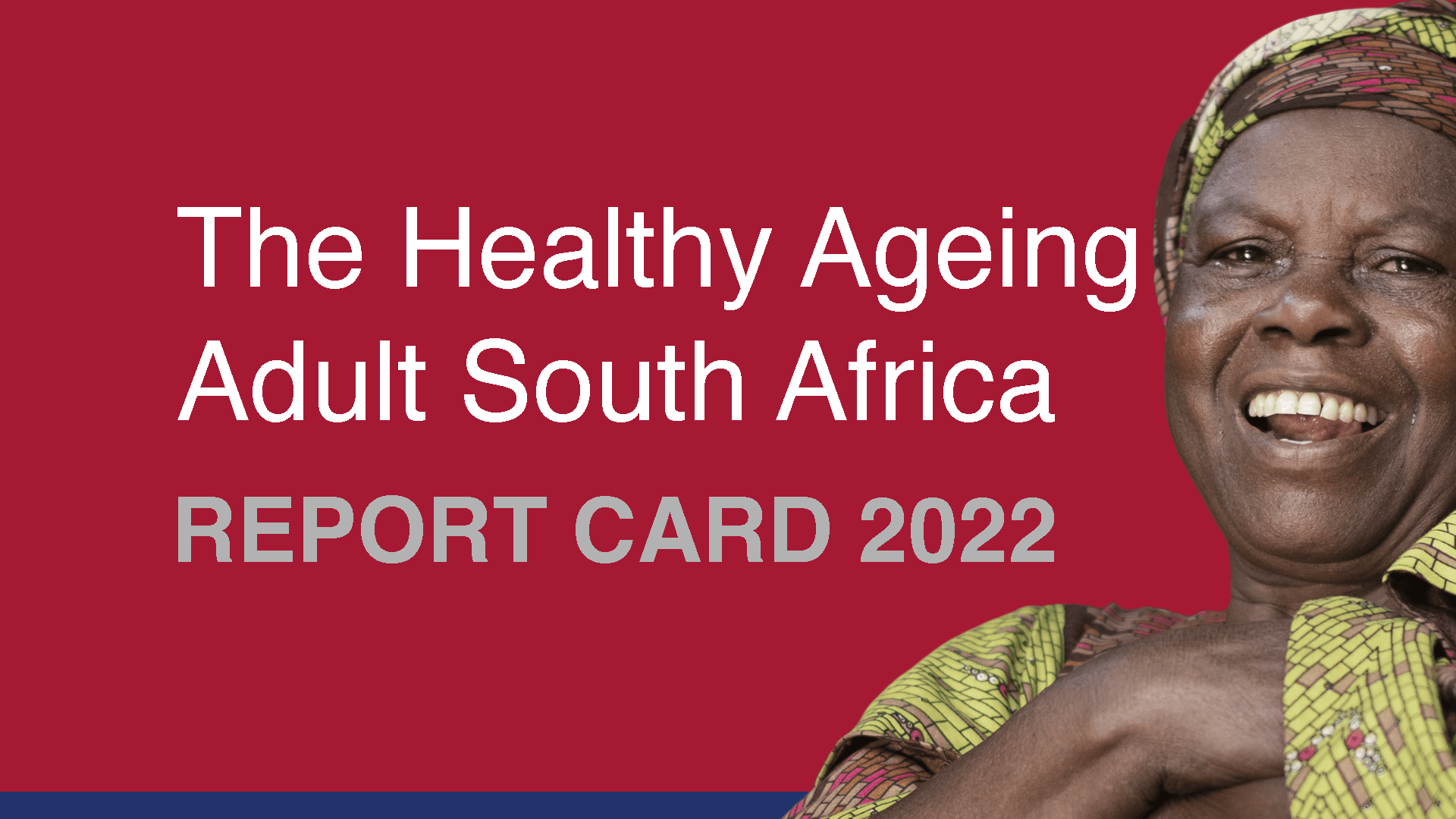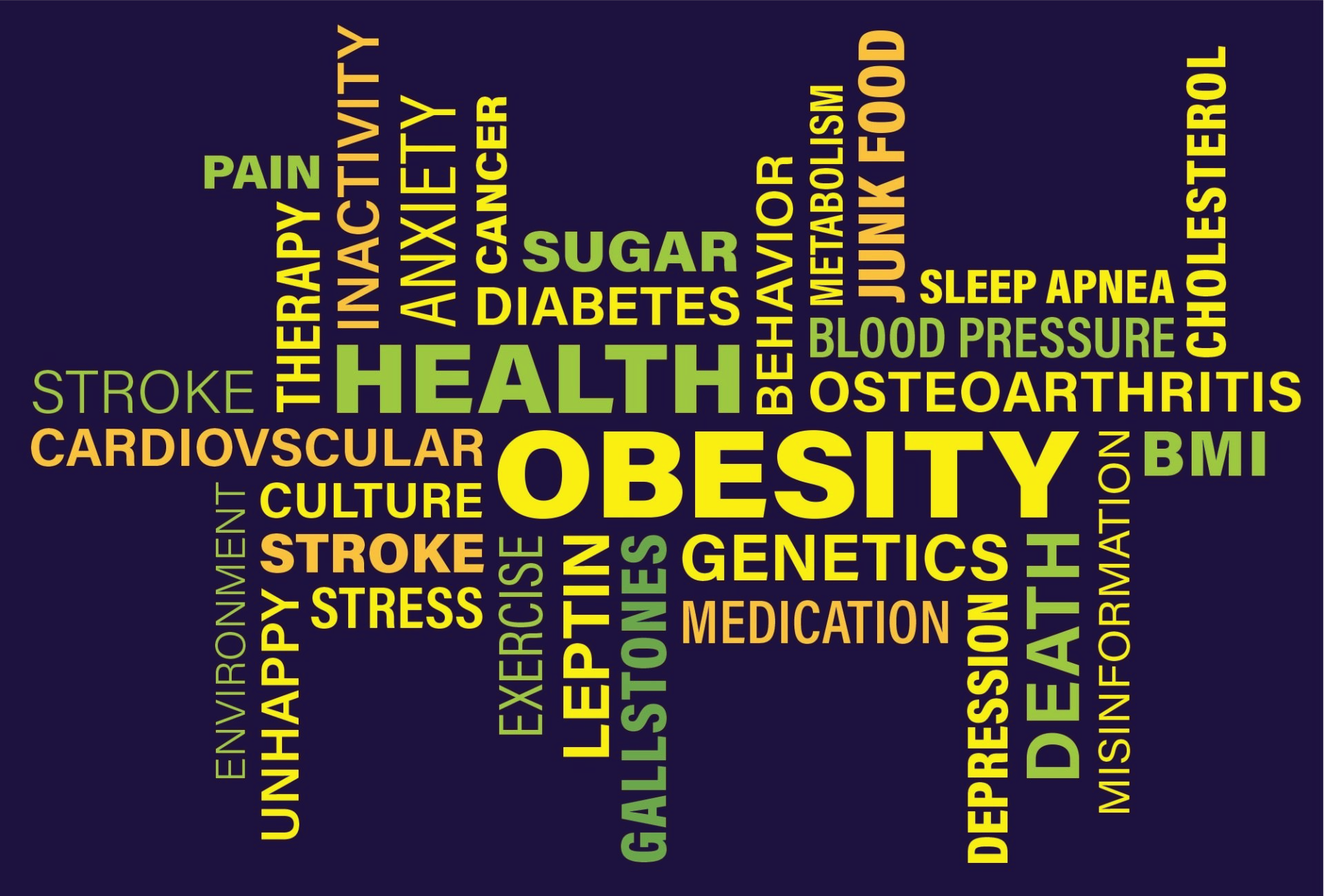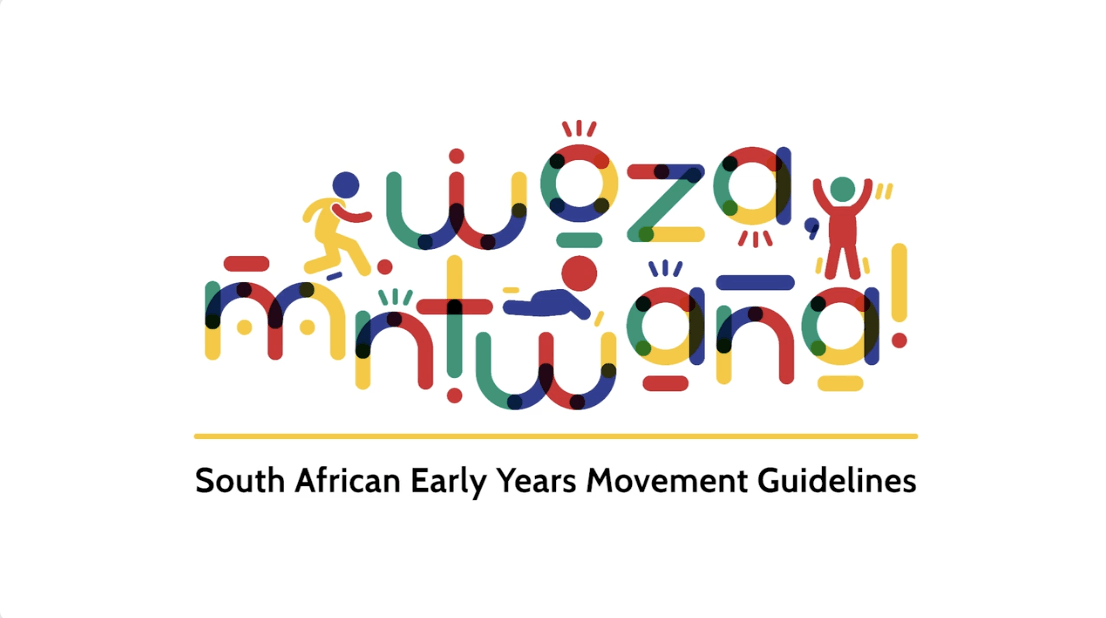BMI: How to calculate blood pressure
by ACTION
Blood pressure is the pressure of circulating blood on the walls of the blood vessels. It is usually determined by two values:
- systolic blood pressure - the maximum BP during one heartbeat, when the heart contracts; and
- diastolic blood pressure - the minimum BP in between two heartbeats, when the heart is at rest.
Systolic blood pressure is always higher than the diastolic measurement and is the first number you see in a blood pressure reading.
The classification of normal blood pressure differs slightly depending on the guideline and should be lower than 120/80 mmHg (American guideline) or 130/85 mmHg (European guideline). Both guidelines also define intermediate thresholds, like elevated, high normal, and optimal blood pressure.
How to calculate blood pressure
Blood pressure is most commonly measured using a sphygmomanometer, which is also known as a blood pressure monitor or gauge.
To make sure that your results is reliable, you should:
- sit still - make sure that you have been at rest for at least 5 minutes before the measurement and have not exercised for at least 30 minutes before;
- refrain from caffeine and cigarettes for at least 30 minutes before the measurement;
- sit correctly - your back should be straight and supported and your arms should rest on a flat surface with the upper arm at heart level;
- always take the measurement at the same time of the day;
- take at least two measurements each time and record them somewhere; and
- always place the blood pressure monitor on your skin, do not take measurements over your clothes.
Blood Pressure Calculator
This blood pressure calculator uses two different guidelines, each with there own values for normal and abnormal blood pressure:
- American - A Report of the American College of Cardiology (ACC) and American Heart Association (AHA) Task Force (2017)
- European - Task Force of European Society of Cardiology (ESC) and the European Society of Hypertension (ESH) (2018)
More about Obesity & Resent Articles and Events

Obesity rates are rapidly increasing in the African Region, as in most parts of the world.
There is a common misconception that obesity and other noncommunicable diseases (NCDs) only occur among the wealthy.
Strategy for the prevention and control of Obesity in South Africa - 2015 - 2020
Act today for a healthier future. HSF supports the World Obesity Federation (WOF) in the initiative to stimulate and support practical actions to address obesity.
ACTION
African Centre for Obesity Prevention
PARTNERS
Join our growing list of partners, including:
Preventing obesity for a healthier tomorrow
Business Hours
- Mon - Fri
- -
- Sat - Sun
- Closed
About Us
Contact
Office:
+27 10 447 3721
E-mail:






